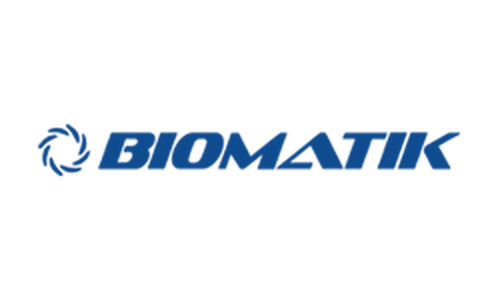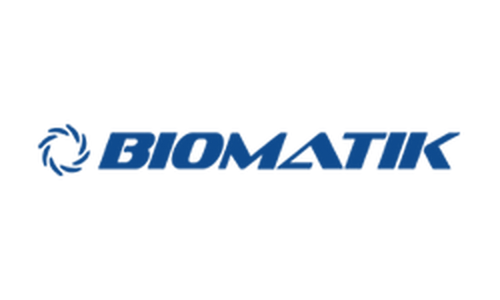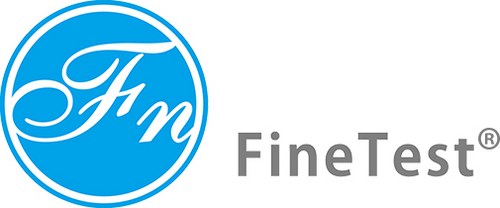Product Description
Recombinant Human Epidermal growth factor receptor (EGFR), partial (Active) is available at Gentaur for Next week Delivery.
Gene Name: EGFR
Alternative Names : Proto-oncogene c-ErbB-1 (Receptor tyrosine-protein kinase erbB-1) (ERBB) (ERBB1) (HER1)
Expression Region : 25-645aa
AA Sequence : LEEKKVCQGTSNKLTQLGTFEDHFLSLQRMFNNCEVVLGNLEITYVQRNYDLSFLKTIQEVAGYVLIALNTVERIPLENLQIIRGNMYYENSYALAVLSNYDANKTGLKELPMRNLQEILHGAVRFSNNPALCNVESIQWRDIVSSDFLSNMSMDFQNHLGSCQKCDPSCPNGSCWGAGEENCQKLTKIICAQQCSGRCRGKSPSDCCHNQCAAGCTGPRESDCLVCRKFRDEATCKDTCPPLMLYNPTTYQMDVNPEGKYSFGATCVKKCPRNYVVTDHGSCVRACGADSYEMEEDGVRKCKKCEGPCRKVCNGIGIGEFKDSLSINATNIKHFKNCTSISGDLHILPVAFRGDSFTHTPPLDPQELDILKTVKEITGFLLIQAWPENRTDLHAFENLEIIRGRTKQHGQFSLAVVSLNITSLGLRSLKEISDGDVIISGNKNLCYANTINWKKLFGTSGQKTKIISNRGENSCKATGQVCHALCSPEGCWGPEPRDCVSCRNVSRGRECVDKCNLLEGEPREFVENSECIQCHPECLPQAMNITCTGRGPDNCIQCAHYIDGPHCVKTCPAGVMGENNTLVWKYADAGHVCHLCHPNCTYGCTGPGLEGCPTNGPKIPS
Sequence Info : Partial
Tag Info : N-terminal 10xHis-tagged and C-terminal Myc-tagged
Theoretical MW : 73.6 kDa
Storage Buffer : Lyophilized from a 0.2 ?m filtered 20 mM Tris-HCl, 0.5 M NaCl, 6% Trehalose, pH 8.0
Endotoxin Level : Less than 1.0 EU/ug as determined by LAL method.-
Biological Activity : Measured by its binding ability in a functional ELISA. Immobilized EGFR at 1 ?g/ml can bind Anti-EGFR recombinant antibody, the EC50 of human EGFR protein is 2.867-3.571 ng/ml.
Storage : Short term: -20°C; Long term: -80°C. Minimize freeze and thaw cycles.
Research Area : Cancer
Restriction : For Research Use Only. Not for use in diagnostic procedures, drug use, or for administration to humans or animals.
Relevance : Receptor tyrosine kinase binding ligands of the EGF family and activating several signaling cascades to convert extracellular cues into appropriate cellular responses. Known ligands include EGF, TGFA/TGF-alpha, AREG, epigen/EPGN, BTC/betacellulin, epiregulin/EREG and HBEGF/heparin-binding EGF. Ligand binding triggers receptor homo- and/or heterodimerization and autophosphorylation on key cytoplasmic residues. The phosphorylated receptor recruits adapter proteins like GRB2 which in turn activates complex downstream signaling cascades. Activates at least 4 major downstream signaling cascades including the RAS-RAF-MEK-ERK, PI3 kinase-AKT, PLCgamma-PKC and STATs modules. May also activate the NF-kappa-B signaling cascade. Also directly phosphorylates other proteins like RGS16, activating its GTPase activity and probably coupling the EGF receptor signaling to the G protein-coupled receptor signaling. Also phosphorylates MUC1 and increases its interaction with SRC and CTNNB1/beta-catenin. Plays a role in enhancing learning and memory performance.Isoform 2 may act as an antagonist of EGF action. Acts as a receptor for hepatitis C virus in hepatocytes and facilitates its cell entry. Mediates HCV entry by promoting the formation of the CD81-CLDN1 receptor complexes that are essential for HCV entry and by enhancing membrane fusion of cells expressing HCV envelope glycoproteins.
Function : Receptor tyrosine kinase binding ligands of the EGF family and activating several signaling cascades to convert extracellular cues into appropriate cellular responses. Known ligands include EGF, TGFA/TGF-alpha, amphiregulin, epigen/EPGN, BTC/betacellulin, epiregulin/EREG and HBEGF/heparin-binding EGF. Ligand binding triggers receptor homo- and/or heterodimerization and autophosphorylation on key cytoplasmic residues. The phosphorylated receptor recruits adapter proteins like GRB2 which in turn activates complex downstream signaling cascades. Activates at least 4 major downstream signaling cascades including the RAS-RAF-MEK-ERK, PI3 kinase-AKT, PLCgamma-PKC and STATs modules. May also activate the NF-kappa-B signaling cascade. Also directly phosphorylates other proteins like RGS16, activating its GTPase activity and probably coupling the EGF receptor signaling to the G protein-coupled receptor signaling. Also phosphorylates MUC1 and increases its interaction with SRC and CTNNB1/beta-catenin. Plays a role in enhancing learning and memory performance (By similarity).
Involvement in disease : Lung cancer (LNCR); Inflammatory skin and bowel disease, neonatal, 2 (NISBD2)
Subcellular location : Cell membrane, Single-pass type I membrane protein, Endoplasmic reticulum membrane, Single-pass type I membrane protein, Golgi apparatus membrane, Single-pass type I membrane protein, Nucleus membrane, Single-pass type I membrane protein, Endosome, Endosome membrane, Nucleus
Protein Families : Protein kinase superfamily, Tyr protein kinase family, EGF receptor subfamily
Tissue Specificity : Ubiquitously expressed. Isoform 2 is also expressed in ovarian cancers.
Paythway : Calciumsignalingpathway
Uniprot ID : P00533
 Euro
Euro
 British Pound
British Pound
 US Dollar
US Dollar








